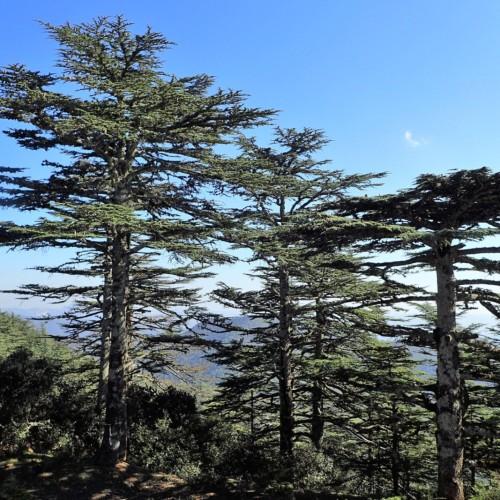
cedar of Lebanon
Cedrus libani 'Sargentii'
Cycle:
Perennial
Watering:
Average
Hardiness Zone:
6
Flowers:
Flowers In Summer
Sun:
Full sun
Soil:
Rocky , gravelly , dry
Cones:
Yes
Leaf:
Yes
Growth Rate:
Low
Maintenance:
Moderate
Drought Tolerant:
Yes
Salt Tolerant:
Yes
Care Level:
Medium
watering
Cedar of Lebanon (Cedrus libani 'Sargentii') should be watered once to twice a week, depending on the season. In the spring and summer, water moderately and switch to light, infrequent watering in the fall. During the winter, suspend watering unless your plant is kept in a warm environment. Make sure the soil is dry before watering and never leave your plant standing in water. Cedar of Lebanon needs well-draining soil in order to thrive.
sunlight
Cedar of Lebanon (Cedrus libani 'Sargentii') is a hardy evergreen conifer tree, and prefers a full sun to partial shade environment. This species of cedar prefers at least 6 hours of direct sunlight each day to thrive, with the most optimal amount being 8 to 10 hours. As this species is native to the mountainous regions of Lebanon, it is better able to tolerate warmer temperatures of direct sunlight as opposed to other cedar species native to cooler climates. Cedar of Lebanon also prefers full sun during the cooler months of the year, as this helps the tree maintain a strong root system and prevent winter damage.
pruning
Cedar of Lebanon (Cedrus lebani 'Sargentii') should be pruned in late winter or early spring, when the tree is still dormant and temperatures are cool. The goal of pruning cedar of Lebanon is not only to improve its aesthetic appearance but also to encourage its health and vigor. When pruning, focus on shape and size rather than limiting overall foliage; dead and diseased branches should be removed and thinning out of excessively dense foliage should be done. Generally, it's best to avoid excessive pruning, since the tree grows slowly and will not easily replace large amounts of foliage. Remove only as much as necessary to contribute to better air and light circulation within the tree. It's also beneficial to clean up suckers or shoots coming from the base of the trunk.
